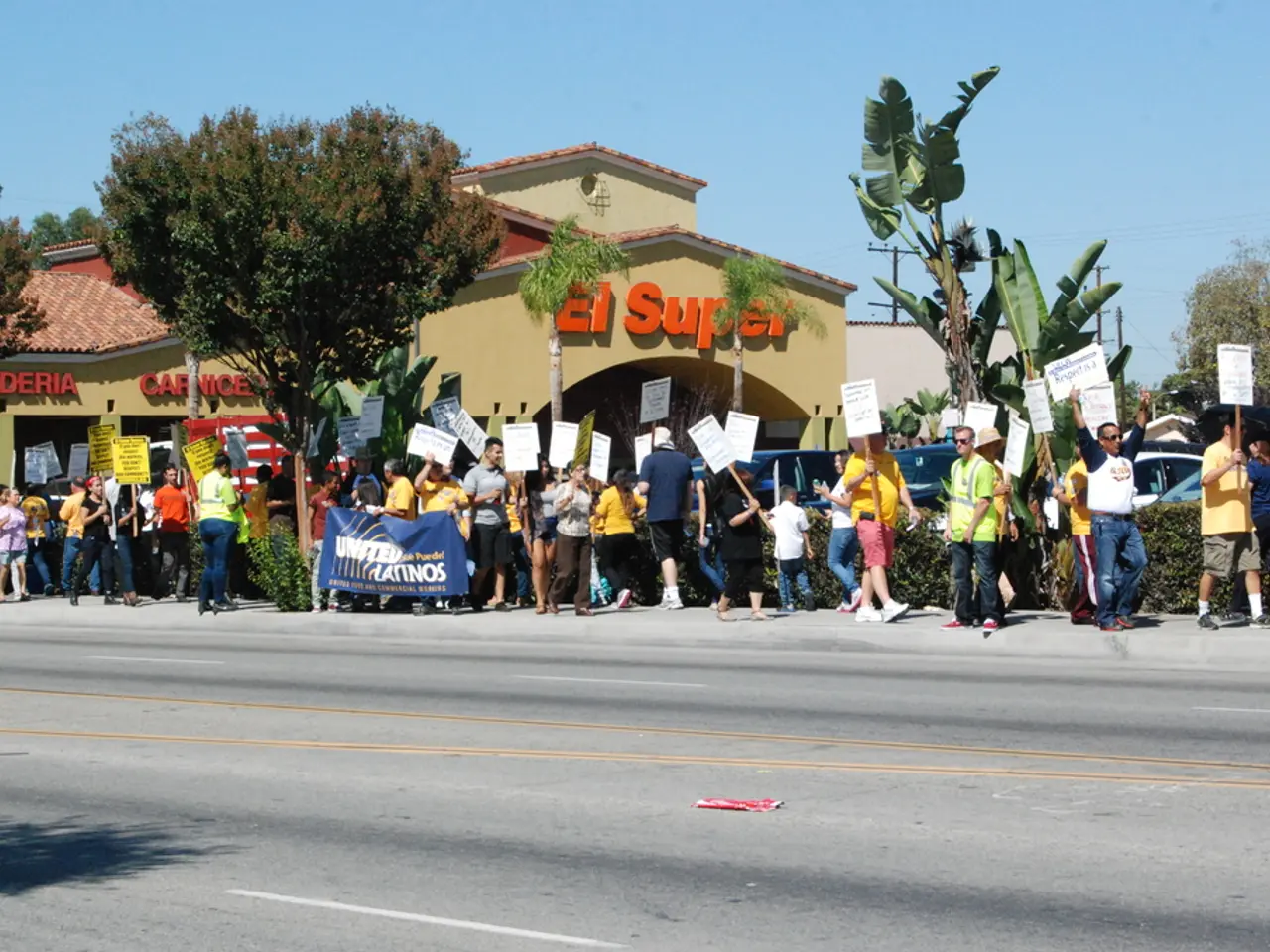Factory orders in the U.S. significantly increase by 8.2% during May.
The U.S. factory orders experienced a significant surge of 8.2% in May 2025, marking the sharpest monthly increase since 2014. This remarkable growth was primarily driven by a spectacular rise in transportation equipment orders, particularly commercial aircraft, which saw an over 230% month-to-month increase.
This jump in transportation equipment orders, which accounted for a 48.3% overall increase, was led by a staggering 230.8% spike in commercial aircraft orders. This robust demand from the aerospace sector, as global airlines upgrade their fleets, has fueled optimism in segments tied to high technology and aerospace manufacturing.
Other goods sectors also saw modest gains, including motor vehicles (0.8%), computers and electronics (1.5%), electrical equipment (0.7%), and machinery (0.4%). Non-defense capital goods excluding aircraft also rose by 1.7%.
The surge in factory orders followed a 3.9% decline in April, indicating strong pent-up demand or timing effects in large aerospace contracts. The rise signals renewed strength in high-value manufacturing activities, providing a boost to industries reliant on aerospace and transportation manufacturing.
Unfilled orders increased by 3.4%, suggesting continued future production needs and a pipeline of work for factories. Shipments edged up slightly (0.1%) after recent decreases, and inventories remained stable, indicating balanced supply chains despite growing demand. However, the broader manufacturing landscape remains mixed due to ongoing challenges like trade tensions and labor shortages that continue to restrain other sectors.
The sharp increase may influence Federal Reserve policy by signaling industrial sector resilience, possibly supporting a patient approach to interest rates amid overall economic uncertainty. Investors and businesses should note the bifurcation in manufacturing: aerospace and tech sectors are thriving, whereas traditional manufacturing faces headwinds from global trade and workforce constraints.
The rise in durable goods orders, especially in transportation, suggests a potential multiplier effect on supply chains and capital investment in related sectors. The manufacturing sector’s strength in May provides cautious optimism but underscores the importance of monitoring non-defense capital goods and employment data for a comprehensive outlook.
Sources: [1] U.S. Census Bureau [2] Bloomberg [3] Reuters [4] IndexBox Market Intelligence Platform
The positive growth in factory orders, driven by the aerospace sector and particularly commercial aircraft, is indicative of a resurgence in the global trade industry. This robust demand for high-tech and aerospace manufacturing products is likely to have a multiplier effect on related businesses in the finance and broader industry sectors.




